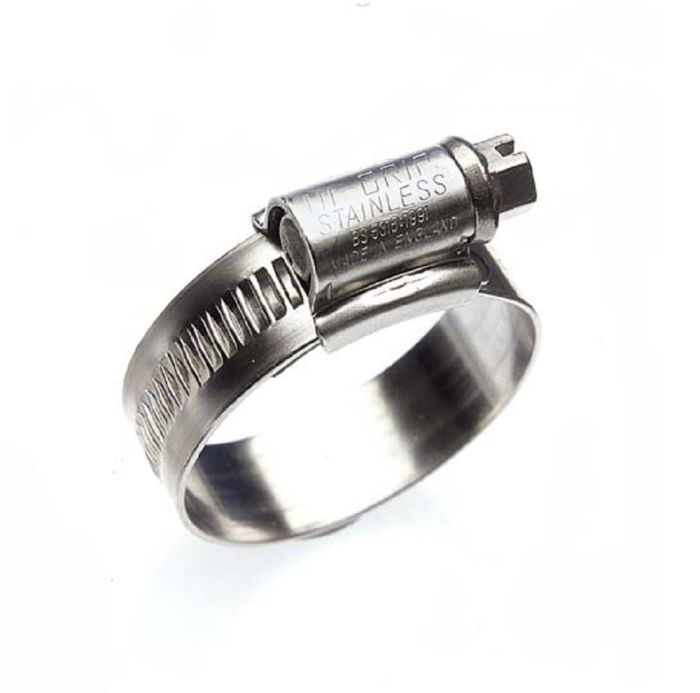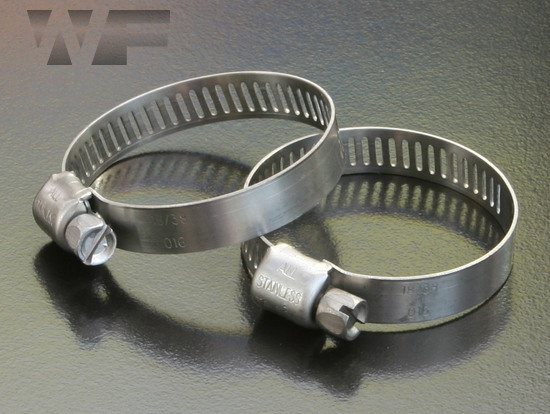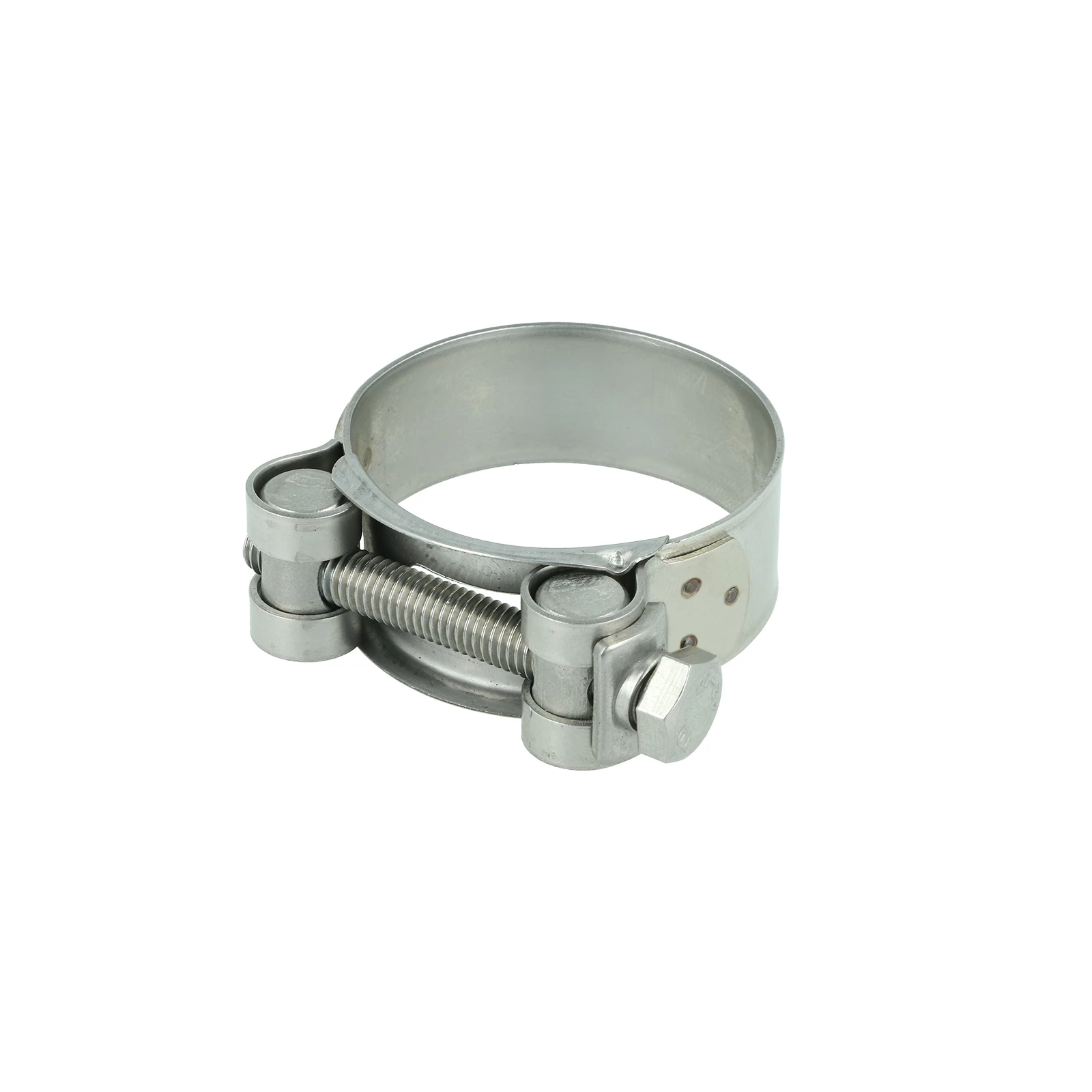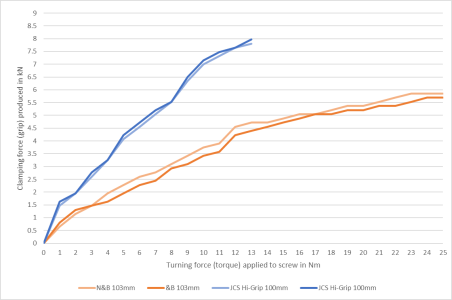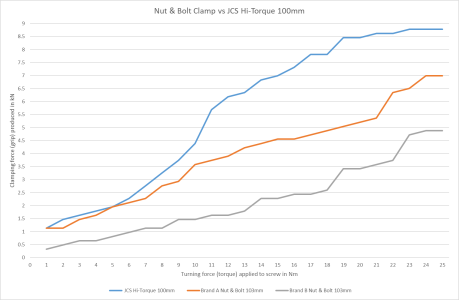Daydream believer
Well-Known Member
Well watch the video & suggest a better option please. The one shown is lloyds approvedJubilee clips aren't so good around by the worm, so alternating where the worm is goes some way to improving on this. At least that is what I have heard in the past. Certainly get some distortion in the pipe sometimes so might be true. Better clips are available.
But of course the term "jubilee" may be a bit like "hoover" , or "jacobs chuck" - distorted from a brand product to indicate a typical pattern, rather than the exact product, which it may not emulate so well.
Another issue is the sizing of the clip. When installing my new engine last year the chap at the hydraulic co was quite careful about matching the clips to the hoses that I purchsed. It was only a small difference on a couple but he insisted on matching them. Something that I apreciate now it is all installed. It is too easy to use a clip a couple of sizes larger. Thus end up with a long sharp tail & as suggested above, a flat spot.
Last edited:

